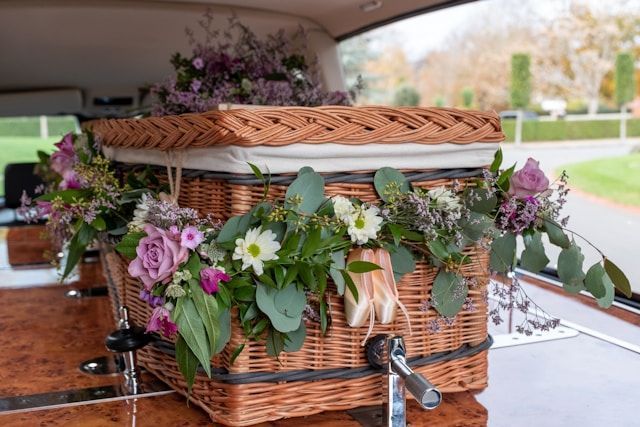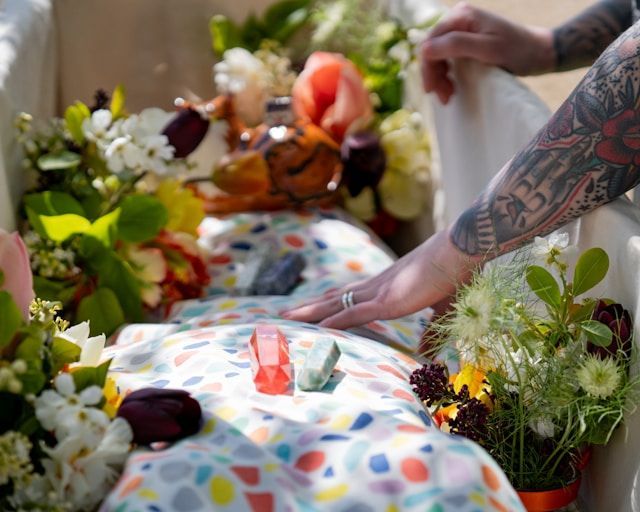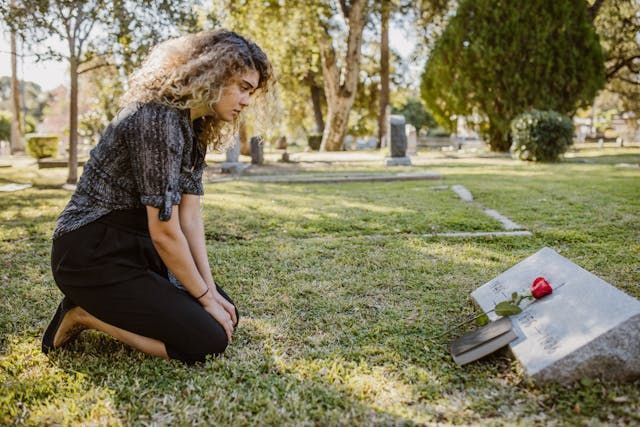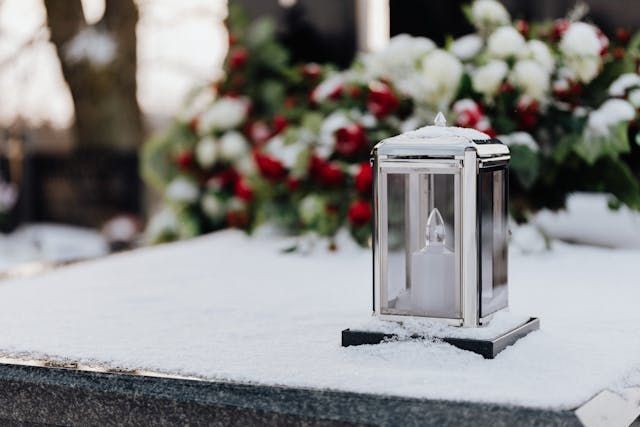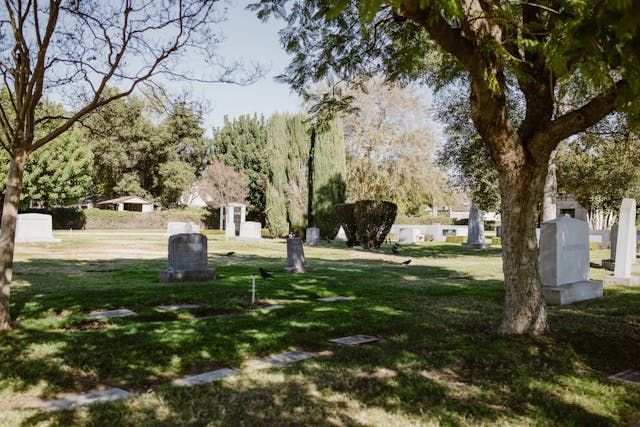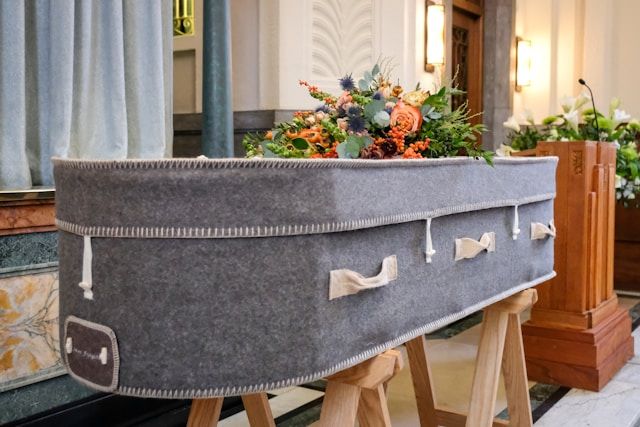What Happens in a Crematorium
Understanding the cremation process starts with understanding the mechanics of what happens in a crematorium. Crematoriums are a modern marvel where science and technology meet.

Cremations are among the cremation services offered in Rocky Mount, VA. Understanding what happens in a crematorium is a key aspect of understanding the cremation process.
In 1978, the number of cremations in America was under 5%. Today, approximately half of Americans are choosing cremation as their final disposition. There are many reasons for this change in the funeral industry and among the population of the United States, but one of the most notable upticks in the number of cremations coincided with the Great Recession, which began in 2008.
Traditionally, in the United States, when people died, they were buried underground in a cemetery. However, with the increase in the number of cremations, burial of some kind has become more popular as well. People may choose to have their cremation remains buried in a cemetery plot, an urn garden, or a columbarium.
The newest cremation techniques allow for cremation remains to be recovered from the cremation process. But there is a lot of innovative technology and science behind how crematoriums produce those cremated remains.
Crematoriums have cooling facilities where bodies are stored in cremation containers until they are cremated. Most states require a waiting period between 24 and 48 hours after death before a body can be cremated.
The actual cremation units are covered in diamond-plated aluminum (the same material that top-of-the-line commercial toolboxes and fire trucks are made from). Although cremation doors can open to a width of almost three feet, most cremation unit operators open the door as far as is needed to accommodate the width of a body. Having the cremation unit door wide open will expose the cremation unit operator and the rest of the room to unbearable, and possibly dangerous, levels of heat.
When a body is ready to be cremated, it is removed from cold storage and placed on a gurney. It is then wheeled over to the cremation unit, where the operator verifies the identification of the body using, typically, two forms of ID. This is to ensure that the cremation remains are returned to the right family. At this point, a metal ID tag that will stay with the deceased throughout the cremation process is attached.
The body is slid in to the cremation unit and the door is closed. Cremation units have two chambers. The primary chamber is where the body goes. The secondary chamber, which is also known as an after chamber, is where the gases that are generated by the cremation are burned off.
The primary chamber has walls that are lined with brick with a high-heat refractory concrete floor and ceiling. A burner comes down from the ceiling and heats the primary chamber to approximately 1200°Fahrenheit. This temperature is high enough to reduce human remains to gas and bone fragments.
The gases and bone fragments are then sent to the secondary chamber, where they are heated to 1700° Fahrenheit to neutralize any odors that may be associated with the cremated remains, before they're released into the atmosphere.
Weight of the human body is an important factor when using cremation units. The rule of thumb is that 100 pounds of human fat equals 17 gallons of kerosene. Most cremation unit operators do cremations in weight order, starting with heavier bodies when the cremation unit is cooler and ending with the smallest bodies when the cremation unit has been running most of the day, to reduce the amount of smoke and odor in the stack, which is where the bone fragments end up before being pulverized and placed in a container that will be given to the family.
For additional information about cremation services in Rocky Mount, VA, our caring and knowledgeable staff at Lynch Conner-Bowman Funeral Home can assist you. You can visit our funeral home at 140 Floyd Ave., Rocky Mount, VA, 24151, or you can call us today at (540) 483-5533.

